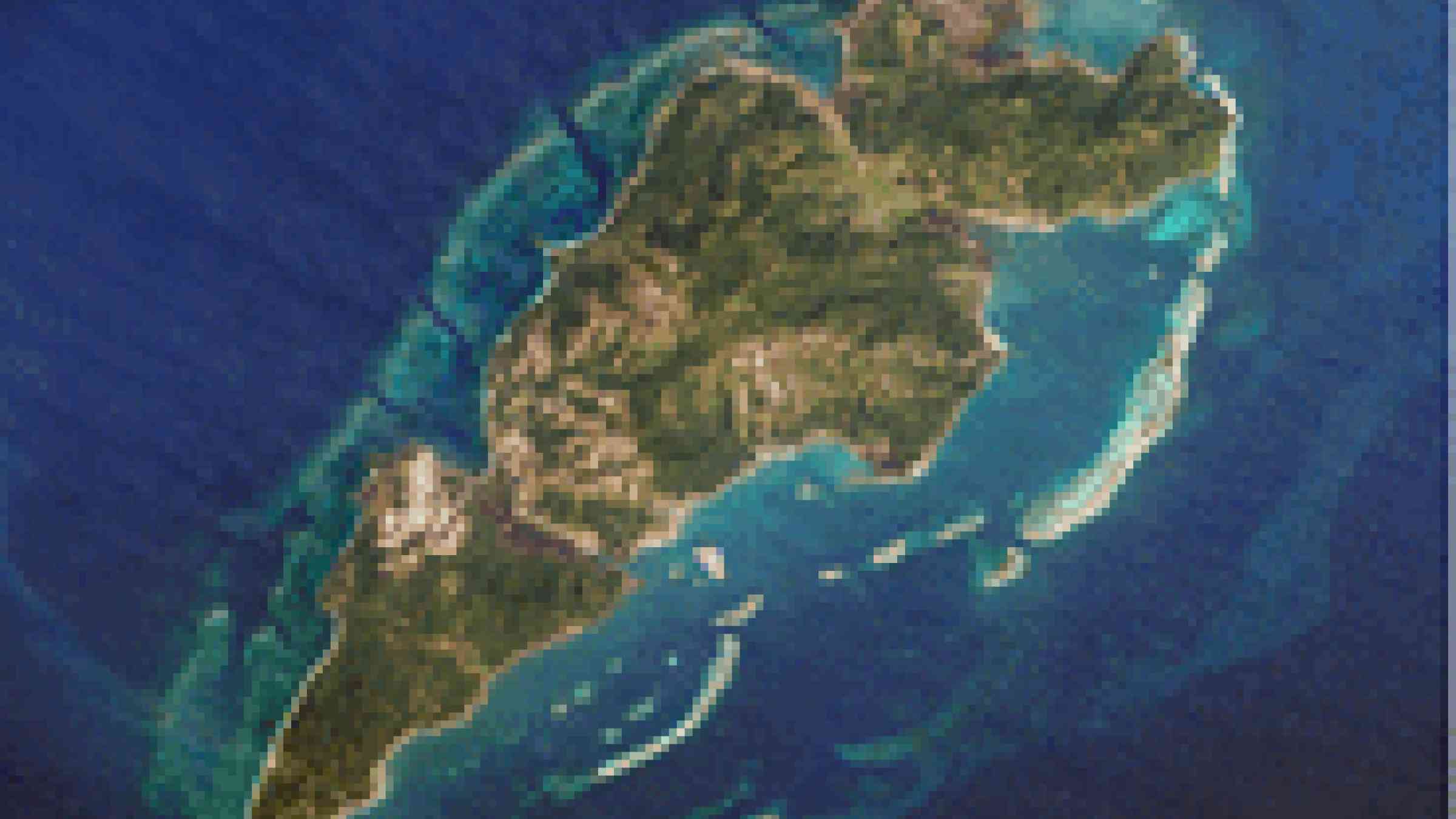NASA and NOAA mark 50 years of weather watching from space

NOOA-NASA press release
NOAA-NASA Partnership Fostering Better Understanding Of Our Changing Planet
Fifty years ago today, the world’s first weather satellite lifted off from Cape Canaveral, Fla., and opened a new and exciting dimension in weather forecasting. Top leaders from NOAA and NASA hailed the milestone as an example of their agencies’ strong partnership and commitment to flying the best satellites today and beyond.
The first image from the satellite, known as TIROS-1 (Television Infra-red Observation Satellite), was a fuzzy picture of thick bands and clusters of clouds over the United States. An image captured a few days later revealed a typhoon about a 1,000 miles east of Australia. TIROS-1, a polar-orbiting satellite, weighed 270 pounds and carried two cameras and two video recorders. Though the satellite only lasted 78 days, its impact is still visible today.
“This satellite forever changed weather forecasting,” said Jane Lubchenco, Ph.D., under secretary of commerce for oceans and atmosphere and NOAA administrator. “Since TIROS-1, meteorologists have far greater information about severe weather and can issue more accurate forecasts and warnings that save lives and protect property.”
"TIROS-1 started the satellite observations and inter-agency collaborations that produced vast improvements in weather forecasts," said NASA Administrator Charles F. Bolden, Jr. "It also laid the foundation for our current global view of Earth that underlies all of climate research and the field of Earth system science."
Throughout the 1960s, each TIROS spacecraft carried increasingly advanced instruments and technology. By 1965, meteorologists combined 450 TIROS images into the first global view of the world’s weather.
In 1975, the first Geostationary Operational Environmental Satellite (GOES) was launched 22,300 miles into space. Its ability to orbit in sync with the Earth’s rotation, combined with the polar-orbiting satellites enhanced NOAA’s forecasting.
“We could not provide skillful hurricane forecasts without the crucial imagery and data from geostationary and polar-orbiting satellites,” said Chris Landsea, Ph.D., science operations officer at NOAA’s National Hurricane Center in Miami. “Before satellites, tropical storms and hurricanes were often missed if they stayed out over the open ocean.”
When the more advanced TIROS-N satellite series were launched between 1978 and 1981, the name of the spacecraft changed to Polar-orbiting Operational Environmental Satellites, or POES. The POES orbit the Earth at an altitude of about 500 miles and circle the poles once every 102 minutes.
With continued improvements of the instruments and technology, the satellites began giving scientists the ability to track changes in climate – from the subtle onset of drought and its impacts on vegetation, to monitoring global sea-surface temperatures that signal atmospheric phenomena, such as El Niño and La Niña.
“Securing critical climate data records from the advanced sensors flying on NOAA satellites helps us understand the Earth's changing climate,” said Tom Karl, who heads the emerging NOAA Climate Service. “For 50 years, NOAA satellites have advanced our ability to monitor the Earth's climate and will continue to provide critical data in the years to come.”
The last of the TIROS satellites (now known as POES), launched from Vandenberg Air Force Base, Calif., on Feb. 6, 2009. This satellite (NOAA-19) and its compliment, a European satellite called Metop-A, provide a complete picture of the globe every six hours.
A Look to the Future
NOAA operates America’s constellation of environmental satellites – the GOES and POES. Both satellites monitor weather and collect data about the Earth’s climate, and are capable of receiving distress signals from emergency beacons and relaying this information to first responders worldwide. Since 1982, NOAA satellites have aided in the rescue of 250 people on average each year. NOAA satellites also receive signals from remote observation instruments on the Earth including ocean buoys, which provide tsunami warnings.
Through the NOAA-NASA partnership, another polar-orbiting satellite called the National Polar-orbiting Environmental Satellite System (NPOESS) Preparatory Project is scheduled to launch in late 2011. On February 1, 2010, the White House announced NPOESS, a tri-agency effort between NOAA, NASA and the Department of Defense, would be restructured. The NOAA-NASA team will build, launch and operate two more polar satellites under the Joint Polar Satellite System. The satellites, planned to launch 2015 and 2017, will handle the afternoon orbit and provide vital information on climate and weather.
NOAA and NASA are also working to launch the next generation GOES-R series of satellites, beginning in 2015. These spacecraft will have four times the clarity of today’s GOES and provide more than 20 times the information.
“For the next 50 years, we’re ensuring that NOAA satellites will always be ready to provide the imagery and data scientists, the U.S. and the world have come to rely on,” said Mary Kicza, assistant administrator for NOAA’s Satellite and Information Service.
NOAA understands and predicts changes in the Earth's environment, from the depths of the ocean to the surface of the sun, and conserves and manages our coastal and marine resources.